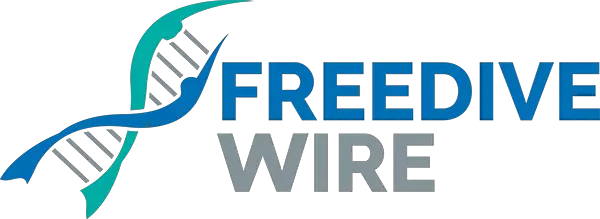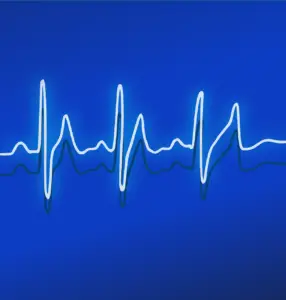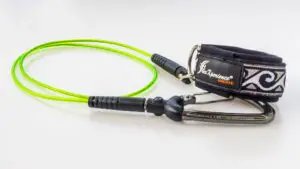In this article we’ll discuss:
What is a healthy approach to depth training and how to avoid pressure-related injuries? Can we learn from elite endurance athletes that have been subject to extensive research in exercise physiology? Why is training in the green zone so beneficial?
I had the good fortune of chatting with Samo Jeranko not long ago regarding depth adaptation in freediving. Here we follow-up on our last article on lung barotraumas (aka lung squeezes) with Andrew Babbage’s new book “Baro-Aspida”.
Today we’ll discuss the following topics:
- The different “zones” in exercise physiology
- What physiological parameters are use to classify the zones
- How elite endurance athletes structure their training programs
- Advice from professional freediver Samo Jeranko
- Why the “No Pain, No Gain” myth is complete BS
- Skip down to “In a Nutshell” if you want to get to the pro tips
Reading time: 9 minutes
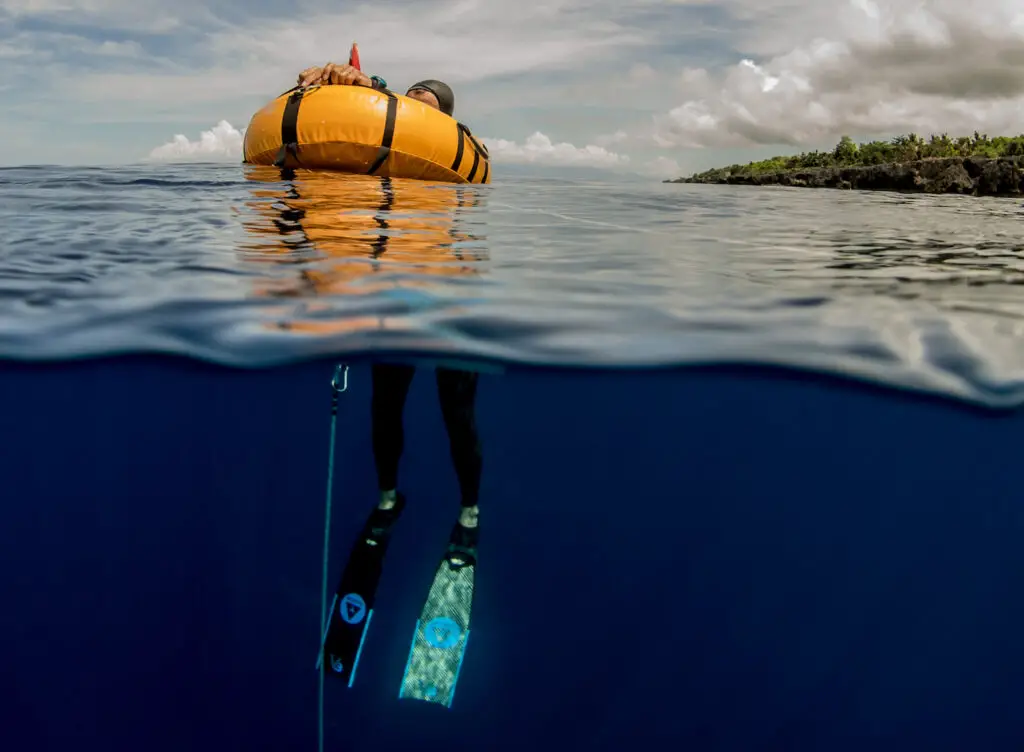
What is the Green Zone?
Intensity, Duration and Frequency
Exercise physiologists have defined “three zones” of training: the green zone, the yellow zone and the red zone. These zones are based on the training intensity, duration and frequency of the exercise.
To quantify endurance training you have to accurately measure the two fundamental variables that combine to make up every endurance training workout: intensity and duration.
Dr. Stephen Seiler, Exercise Physiologist
Seiler, S. 2010 states that maximizing performance, minimizing risk of injury and timing peak fitness levels finely depends on the combination of intensity, duration and frequency.
Green, Yellow and Red
Based on the research of Dr. S. Seiler, the physiological responses produced by endurance athletes subject to exercises of different intensity, duration and frequency create three distinct exercises zones. Green, yellow and red.
- The green zone being the area defined as “low intensity and low-perceived exertion”.
- The yellow zone is defined as “relatively medium to hard, and somewhat high perceived exertion”.
- The red zone is defined has “high intensity and very hard exertion” where the athlete is ‘breathless’.
These zones are well defined in Dr. Seiler’s Ted Talk.
Physiological Parameters
These “zones” are usually defined by physiological responses including heart rate (HR), gas exchange, oxygen consumption (VO2max) and blood lactate measurements. Above all, it’s important to recognize each endurance athlete has completely different parameters and thus different “zones”.
Your intense “red zone” might be Usain Bolt’s very mild “green zone”.
Stoggl and Sperlich, 2015 classify the green, yellow and red zones with similar names based on the intensity of the training. In addition, they classify these zones using the physiological responses recorded by various research trials using many elite endurance athletes.
- The “green-zone”, defined as “zone 1 training” or low-intensity training:
- Occurs below the first ventilatory threshold and where the blood lactate is at a stable concentration of less than 2mmol/L.
- The “yellow-zone”, defined as “zone 2 training” or “threshold training”:
- When moderate-intensity exercise is sustained. Biochemically, this zone corresponds to the lactate threshold (i.e. at 4mmol/L blood lactate) or the second ventilatory threshold.
- The “red-zone”, also known as the “high-intensity” or “zone 3 training”:
- The blood lactate levels exceed 4mmol/L and the heart rate is over 90% of its maximal rate. This is the zone where High Intensity Interval Training (HIIT) lies.**
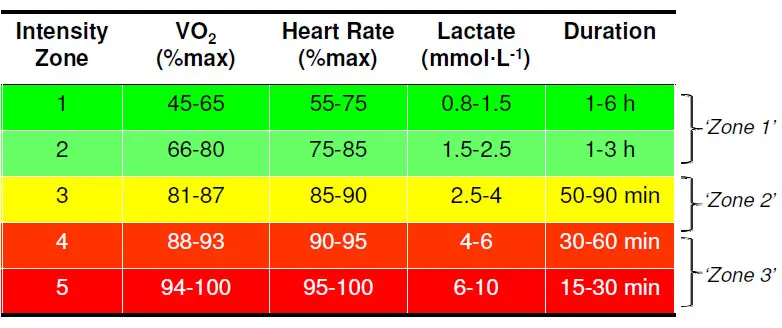
**Please note: These numbers reflect the physiological and biochemical responses of highly trained and elite endurance athletes.
What can we learn from green zone training?
Elite endurance athletes, from long-distance running to cycling and cross-country skiing spend the majority of the training in the green zone. Spending too much time in the red zone exerts an unnecessary amount of stress on the body. The blood lactate levels will take longer to recover, and thus muscles and tissues also need time to repair and grow.
This “volume-based”, low-intensity training dominates 80% of their [elite endurance athletes] training. Hundreds of hours spent in the green zone, building the foundation, for those red zone performances.
Who is Samo Jeranko?
Samo Jeranko is a very deep freediver from Slovenia, who like many of us had massive issues with depth adaptation, lung barotraumas and other injuries. I don’t think any elite freediver has been spared from these issues.
During our conversation Samo parted some hard-earned advice regarding elite training in freediving, depth adaptation and avoiding pressure-related injuries such as lung barotraumas.
Are you afraid of diving deep?
This was a question he asked me, one I’ve never asked myself. The idea is that self-confidence in oneself is key to diving deep. Your desire to dive deep stems from your confidence in hundreds or thousands of dedicated dives.
The usual suspect: CO2 tolerance
- Very important for deep freediving.
- Strong contractions (due to high CO2 and lack of relaxation) at depth can lead to lung barotraumas.
- They can increase the severity of the issue over time.
- Structure your training around this core concept (i.e. green zone) and improve your CO2 tolerance progressively.
Volume and repetition: the green zone
- Samo stands behind the concept of spending a lot of time in the green zone, focusing on volume over intensity.
- He does a lot of spearfishing, which is an excellent form of training.
- He says’ it’s important to find pleasure in spending 3-4 hours in the water at shallow depths between 20-40 meters (65 – 130 feet).
- This is a good form of in-water “base training”.
“The way I avoided squeezes over the years was very simple, and it is exactly what people do not want to hear; hundreds and hundreds of dives in the 20, 30, 40 metre range, gradually increasing depth over years and years while diving all year round.
Eric Fattah (Adapted from “Baro-Aspida” by Andrew Babbage)
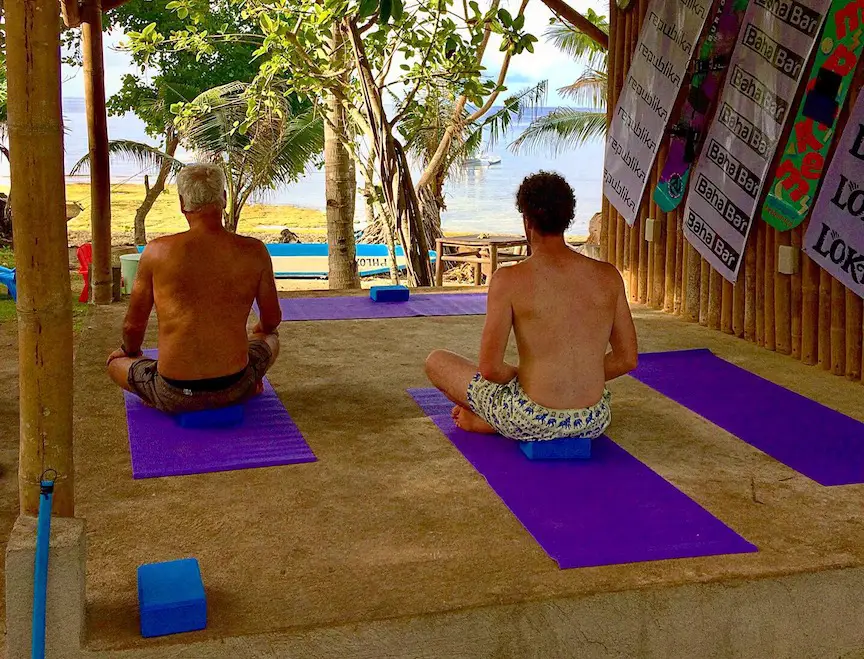
Depth adaptation and recovery
- Can you detect the signs of “over-pushing” your training?
- Over-Training Syndrome (OST) is a concept that affects many elite athletes and discussed in our book Longer and Deeper.
- Many deep freedivers don’t take enough recovery time after deep dives.
- Self-awareness is key to depth adaptation: if you want to recover well it takes time and patience.
- The “old-school” method of “push-it” on the last day of the competition since if you squeeze (i.e. lung barotrauma) you have time to recover.
- You can generate injuries that will take long to heal and likely cause recurring issues.
- Dive response and chest flexibility is important for depth adaptation.
- Flexibility takes time and patience, body must adapt progressively.
The “No Pain, No Gain” Myth
Top performance and elite endurance athletes that train up to a dozen times a week cannot risk to put their bodies (and minds) in the yellow and red zone all the time. This would have devastating effects on the athlete’s health and performance.
Seiler, S. 2010 describes a typical intensity distribution of elite athletes where 80% of the training is in the low intensity or “green zone” (i.e. less than 2mmol/L lactate blood levels). In addition, only 20% of the training regime is devoted to high-intensity or “red-zone” exercise where the VO2max is at 90% maximum levels.
Don’t train too often at the medium-hard intensity, it’s too much pain for too little gain.
Dr. Stephen Seiler, Exercise Physiologist
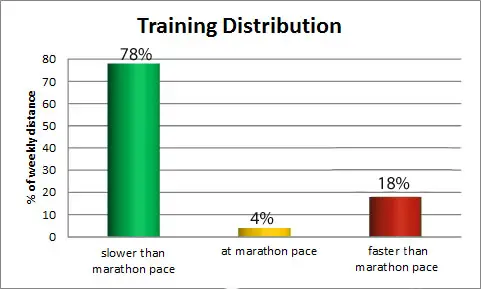
The Polarized Training Model
Another way to approach the green, yellow and red zone training methods is the “polarized training” approach.
The polarized training consists of significant proportions of both high- and low-intensity training and only a small proportion of threshold training. The distribution between low and high intensity training is often quantified as 80:20%, or 75–80% with low intensity, 5% threshold intensity, and 15–20% as high intensity training.
Stoggl and Sperlich, 2015
A simple training idea
The idea is to create enough systemic stress within the body to force molecular and biochemical adaptations, while avoiding pushing the body to the extent that it requires a long recovery period. This is key to long-term progress and performance.
Dr. S. Seiler describes elite cyclists training for 5 hours at only at 160 watts of external power output (Power = Energy/time) while maintaining an impressively low heart rate of 65% maximal HR. This is not very difficult for a top level cyclist.
For instance, this training generates enough positive stress on the cyclist to improve and maintain performance. However, it allows the athlete a short recovery period in order to train again the next day or day after.
In a Nutshell
Can we adapt these concepts in freediving?
As Dr. S. Seiler has said, exercise physiologists have now almost a century of experience and data on runners, skiers and cyclists. Moreover, because of the nature of these sports they can simulate very closely the high performance conditions in a research setting.
The intensity, duration and frequency of exercise can be manipulated in the lab to gather the necessary physiological and biochemical data they need for analysis.
What about data on deep freediving elite athletes diving below 100 meters?
Our sport is far younger and research is well behind. In addition, let’s consider the extreme difficulty of simulating a deep dive in the laboratory. We can acknowledge the immense stress a deep dive has on the body, and take enough time for recovery and adaptation.
Similarly, we can train like our elite endurance athletes on land and focus a lot of our training to be in the low-intensity “green zone“. This style of training will likely help improve our Mammalian Dive Response (MDR), train the blood shift and gradual adaptation to depth.
A few key takeaways for green zone training
- In conclusion, 80% of your training is in the low intensity “green zone” and only 20% is in the high intensity “red zone”.
- You can use a simple 80:20 or a 70:30 ratio to start with. This isn’t a standard for every freediver, modify your own training regime.
- Find “your” own green zone. For some it’s spearfishing 4-5 hours daily down to 30 meters, for others it’s four 100 meter dives a week.
- Make this your basis of training, the 80% of your training is done here.
- It’s difficult to test blood lactate, but you can use a pulse oximeter to check your Heart Rate (HR), Heart Rate Variability (HRV) and Oxygen Saturation (O2Sat%). Use these simple physiological feedbacks like to gauge whether the body is still in recovery.
- Combine this quantitative data with qualitative data (how you feel, body awareness, etc.) to know if you’re in your zone of comfort (i.e. green zone) before and after a dive.
- Get plenty of rest, good nutrition and hydration, work on dry stretching and dry strength training to avoid pressure-related injuries.
- Remember: the “No Pain, No Gain” myth is complete garbage. So don’t push it and expect rapid gains.
- Deep freediving is very like high altitude mountaineering, physical and psychological adaptation takes time. You wouldn’t simply get to Everest base camp and attempt the summit a week later right?
If all else fails remember Thibault Guignes’ awesome advice: “Always expand your comfort zone from within, not externally”.
Adaptation is stress plus recovery. The “stress” is based on the intensity, duration and frequency of the exercise.
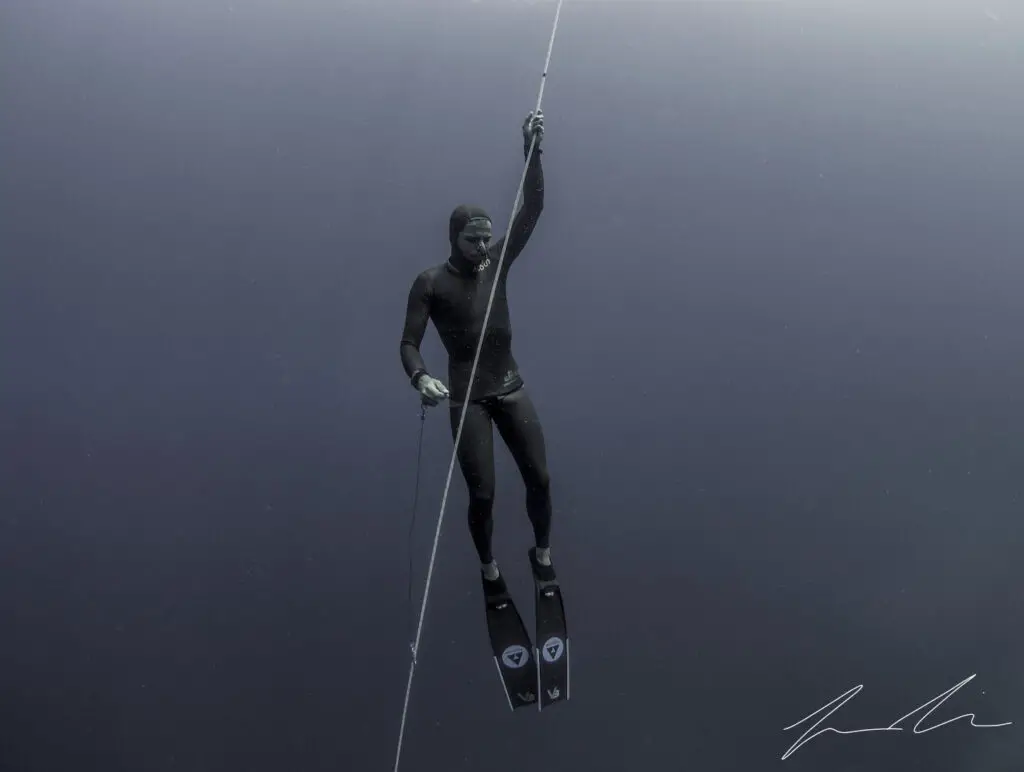
References
- Stoggl and Sperlich, 2015. The training intensity distribution among well-trained and elite endurance athletes. Frontiers in Physiology. 6, 2015, pg. 295. 10.3389/fphys.2015.00295
- Baro-Aspida. Andrew Babbage.
- Holistic Freediving. Eric Fattah.
- Dr. Stephen Seiler’s Ted Talk. 2019 TedX.
- Seiler, S. 2010. What is best practice for training intensity and duration distribution in endurance athletes? Int J Sports Physiol Perform. 2010 Sep;5(3):276-91. doi: 10.1123/ijspp.5.3.276. PMID: 20861519.
- Scientific Triathlon. Polarized Training with Stephen Seiler. EP #177, April 15, 2019. https://scientifictriathlon.com/tts177/
- Boyle, M. Avoiding the black Hole of Training. January 27, 2015. https://marciaruns.com/tag/stephen-seiler/
- Running Reform. Polarized Training and Injury Prevention. February 4, 2014. https://runningreform.com/polarized-training-and-injury-prevention/
- Contact Samo Jeranko here.
